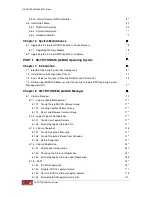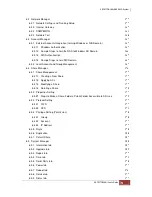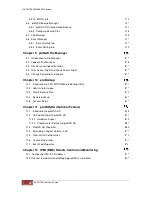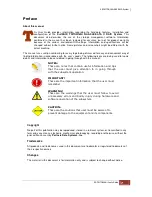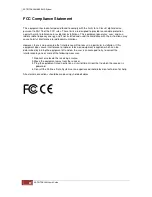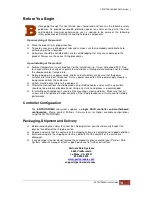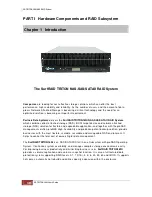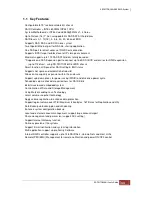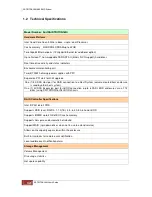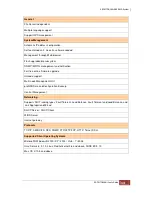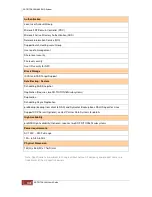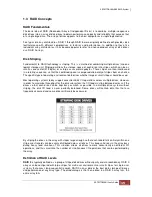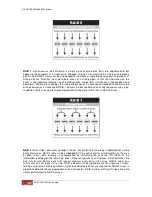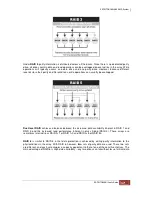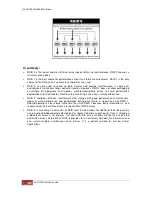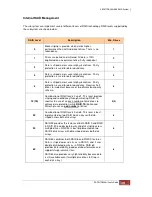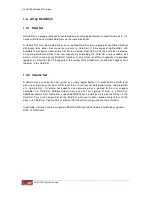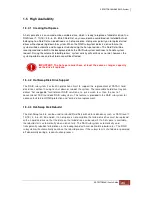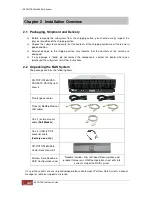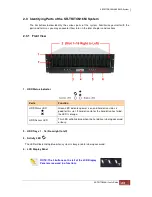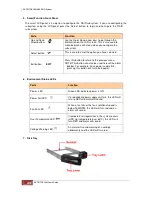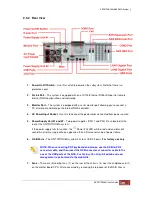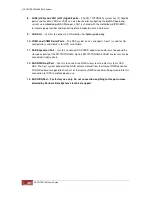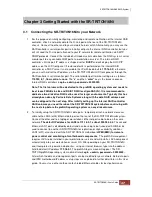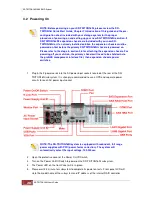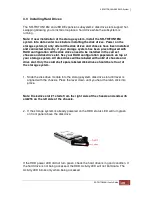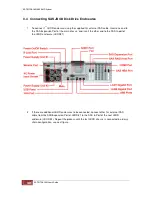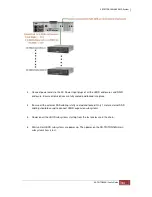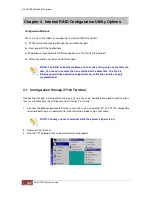
Under
RAID 5
parity information is distributed across all the drives. Since there is no dedicated parity
drive, all drives contain data and read operations can be overlapped on every drive in the array. Write
operations will typically access one data drive and one parity drive. However, because different
records store their parity on different drives, write operations can usually be overlapped.
Dual-level RAID
achieves a balance between the increased data availability inherent in RAID 1 and
RAID 5 and the increased read performance inherent in disk striping (RAID 0). These arrays are
sometimes referred to as RAID 0+1 or RAID 1+0 and RAID 0+5 or RAID 50.
RAID 6
is similar to RAID 5 in that data protection is achieved by writing parity information to the
physical drives in the array. With RAID 6, however,
two
sets of parity data are used. These two sets
are different, and each set occupies a capacity equivalent to that of one of the constituent drives. The
main advantage of RAID 6 is High data availability – any two drives can fail without loss of critical data.
Summary of Contents for TRITON 16Ni
Page 1: ...SurfRAID TRITON 16Ni User s Guide Revision 1 1...
Page 40: ......
Page 41: ......
Page 42: ......
Page 43: ......
Page 67: ...5 3 7 Stop Volume Check Use this option to stop current running Check Volume Set process...
Page 111: ...4 Verify the new LV size...
Page 135: ...4 The iSCSI logical volume capacity is extended...
Page 236: ...2 Select Set LAN Configuration and press Enter key 3 Setup LAN Configuration...
Page 247: ......


